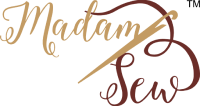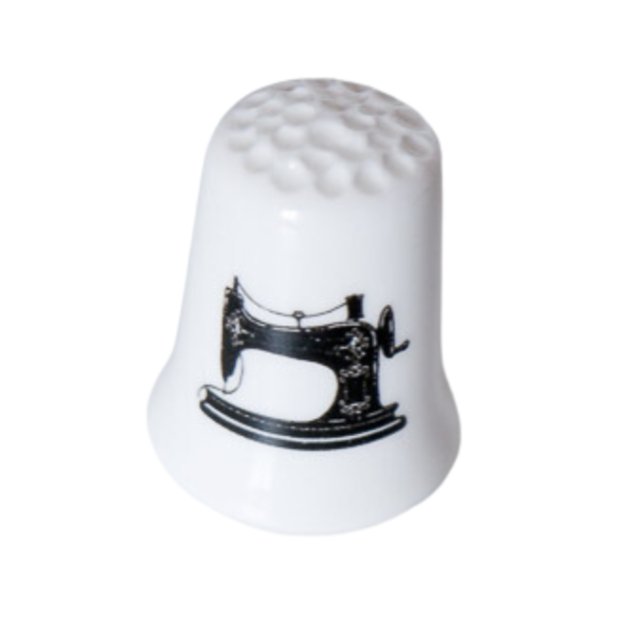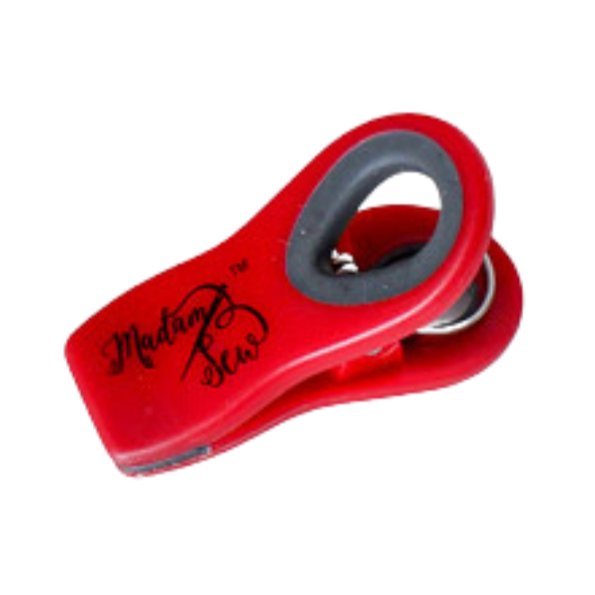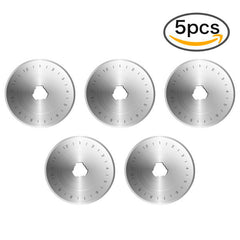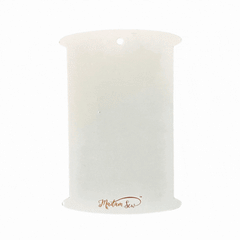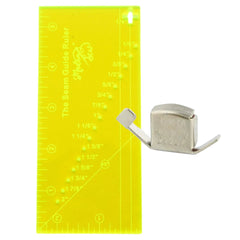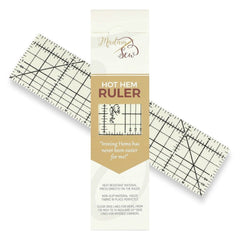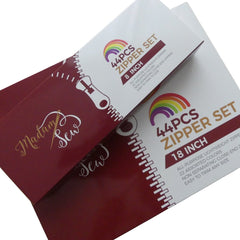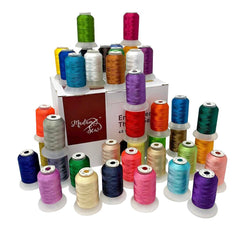MAKE A FUN FLAG TRIVET FOR JULY 4th
The trivet is a useful table accessory that you often overlook until you need it. Instead of grabbing that last-minute folded towel or dishcloth, use this cute approximately 5.5-inch square DIY July 4th Flag Trivet instead and decorate your table for this great Holiday.
Finished DIY July 4th Flag Trivet
Add this 4th of July craft project to your diy decoration ideas list or start making one today. This trivet’s colors represent the sun, fun and BBQ of July 4th celebrations. And true to its name, it protects your tabletop from heat or cold damage. Of course, stains can be removed with a quick scrub and machine washing. Ask me how I know this.
Trivets Have Been Around for Hundreds of Years
I bet you have a trivet. But it is tucked away, out of sight and perhaps forgotten. Here’s a brief history of this kitchen essential with the funny name.
A trivet was originally made of wood or metal and had a three-legged stand. And it has been used for hundreds of years. Here’s an example of metal trivet from the 1800’s that is currently in the British Museum.
Trivet From The 1800’s In The British Museum
Modern trivets do not always have legs and come in a variety of materials, including stone, silicone, wood, cork, jute, bamboo, rattan, sisal and ceramic.
This DIY trivet is made of fabric, making it easy to clean and pack away until needed again. Or, if you are like me, use it with your summer kitchen and table decor! Let me show you how to make this quick and easy project.
Checklist and Supplies Needed To Make A July 4th Flag Trivet.
Be prepared for this project. See “Supplies”, “Fabric” and “Getting Ready To Quilt”.
Supplies and Tools
These are the tools and supplies that I used to make the July 4th Flag Trivet.
-
Quarter Inch Quilting Foot With Guide for piecing the block
-
Appliqué Foot
-
A Topstitching Needle
-
Insul-Brite (Or use two layers of thick cotton batting)
-
Rotary Cutter, 6 X 24 inch Ruler, 6-inch Square Ruler and a Rotating Cutting Mat
Closeup Of Sewing Supplies
Fabrics
The fabrics needed are red, white, blue and gold. As a trivet has to withstand hot temperatures, I would recommend to use cotton fabric for the quilt block and backing fabric.
For the flag quilt block:
To make the stripes –
-
- (Three) 3.75-inches wide by 1-inch deep of red fabric
-
(Two) 3.75-inches wide by 1-inch deep of white fabric
-
(Three) 6.5-inches wide by 1-inch deep of red fabric
-
(Three) 6.5-inches wide by 1-inch deep of white fabric
To make the blue square –
-
-
(One) 3.25-inches wide by 3-inch deep rectangle of blue fabric.
-
To make the gold corners –
-
-
(Four) 4-inch squares of gold fabric
-
For the trivet backing fabric:
-
(One) 6.5-inch square of gold fabric
For the batting:
-
(One) 6.5-inch square of Heat Resistant Batting. (If you don’t have this type of batting, then use two 6.5-inch squares of thick cotton or wool batting will suffice.)
Fabrics
How To Make a Flag Quilt Block
This project is quick and easy to make because it's essentially a miniature quilt made from a single quilt block. I’ll show how to make this project in four simple steps.
Cutting The Fabrics
Step One: Sort The Fabric
Sort your fabrics by color and size: red, white, blue and gold. Then group the fabrics by color and size.
Cut Fabrics Pieces To Make A Flag Quilt Block
Step Two: Make The Top Half Of The Flag Block
Piece the top half of the flag by sewing the five 3.75-inch wide red and white strips together. As shown in the flag block layout the red and white stripes alternate.
Flag Layout Showing The Top And Bottom Half
The top half of the flag block is in two sections. The first section is the blue square on the left and second section is the five red and white stripes on the right. Sew the five red and white stripes as shown in the layout. If needed, trim the five sewn stripes to 3-inches deep. Sew the first and second sections together to piece the top half of the flag block.
Piecing The Top Half Of The Flag Block
After the top half of the flag block has been sewn, steam press the seam towards the blue fabric. If needed, trim it to ensure the edges are even. This will help the stripes lay flat and straight.
Tip: Use a rolling seam presser to train the seams to lay open.
I told you this project was easy. The top half of the block is finished. Get ready to make the second half of this block.
Pieced Top Half Of The Flag Block
Step Three: Make The Bottom Half Of The Flag Block
The bottom half is easier than the first half. It consists of sewing six white and red stripes together. Double check the layout to maintain the proper sequence of the stripes.
Piecing The Bottom Half Of The Flag Block
Steam press the six stripes to ensure they lay flat. Trim the edges to ensure they’re even. And place the bottom half of the flag block aside for a moment.
Trimming The Flag Block
Step Four: Join The Top And Bottom Halves Of The Flag Block
Turn the work 90-degrees and piece the top half of the flag to the bottom half of the flag. Steam press and trim so that all sides are even.
Pressing The July 4th Flag Block
Your flag block is complete. Now, we’ll make a little magic but turning this flag block into a square in a square block.
Closeup Of Flag Block
How To Make a Square-In-A-Square Block
The trick to creating a square-in-a-square block is making the corner triangles. I’ll show you a shortcut that saves time and does not involve sewing a bias seam.
Step 1: Making The Corner Triangles
Square-in-a-square Block Layout
1. Grab your four gold 4-inch squares.
2. Draw a diagonal line down the center of each square on the wrong side of the fabric.
Diagonal Line Drawn On The Gold Square
3. You’ll position a square on each corner of the flag block.
Gold Square Positioned On The Corner Of The Flag Block
4. Sew along the diagonal line.
Sewing On The Diagonal Line
5. Trim along the diagonal line ¼ inch away. (This gives you the needed seam allowance).
Trimming A Quarter Inch From The Diagonal Stitches
6. Steam press the triangle flat.
Repeat steps 1 to 5 for each of the other three corners. Steam press the entire block flat. Your July 4th flag trivet is almost finished. Then trim the block so that all sides are even.
Pressed And Trimmed July 4th Square-In-A-Square Flag Block
Step 2: Making The Trivet Quilt Sandwich – The No Binding Way
You’ll make a blanket method quilt sandwich. This method requires the top, batting and back of the quilt to be trimmed the same size. And this method uses a special quilt sandwich positioning sequence.
To make the quilt sandwich, place the batting in your work area. Position the backing fabric on top of the batting. The quilt top is next. The wrong side of the top should be facing you.
Quilt Sandwich Layers In Position
Sew the perimeter of the quilt sandwich. Remember to leave a fist-sized opening so that you can turn the trivet right side out.
This July 4th Trivet is almost finished. I told you this was easy!
Sewing The Perimeter Of The Quilt Sandwich
Clip each corner but do not cut the stitches. Turn the project right side out. Fold in the fabric at the unsewn gap to cover the raw edges. Then topstitch the gap. The quilt sandwich is assembled.
Assembled July 4th Flag Trivet
Step 3: Quilting The Trivet
Quilt along the seams to finish the project. This is popular variation of “stitch in the ditch” quilting.
Tip: Move the needle position three positions to the left and use the seam as a guide to stitch ‘along the ditch’. This is called Stitching Along The Ditch. This method does not interfere with the integrity of the seams and it looks great!
Stitch Along The Ditch Quilting
Step 4: Topstitching The Flag Trivet
Topstitch around the entire perimeter of the project. This will help the trivet lay flat and secure the edges.
Topstitching The July 4th Flag Trivet
Your diy trivet is complete!! Do you have fabric left over? Why not make three more flag trivets? Make three more trivets by swapping out the flag block for individual -inch squares of blue, red and white fabric. A set of four trivets is better than one.
Finished July 4th Flag Trivet
Finished July 4th Flag Trivet
Tip: Turn your leftover single quilt blocks of any size into a trivet.
Follow these simple rules:
-
Rule #1: The single block top, the backing and the batting are the same size.
-
Rule #2: The corner squares are half the size of the single block.
Are you inspired to get ready for the summer with more easy sewing projects? Look at these fun, summer-themed Madam Sew blogs for project inspiration:
May your quilting always bring you joy!
Ernie Grant
Guest Blogger For Madam Sew
Ernestine “Ernie” Grant is an avid quilter with over 17 years experience and is the owner of the custom baby quilt business kalibabyquilts.com
As an African American living in Harlem, NY her view of quilting is shaped by her heritage and the elders who taught her–Quilting is not just thread, fabric and stitches. It is art, it is love, it is community.



